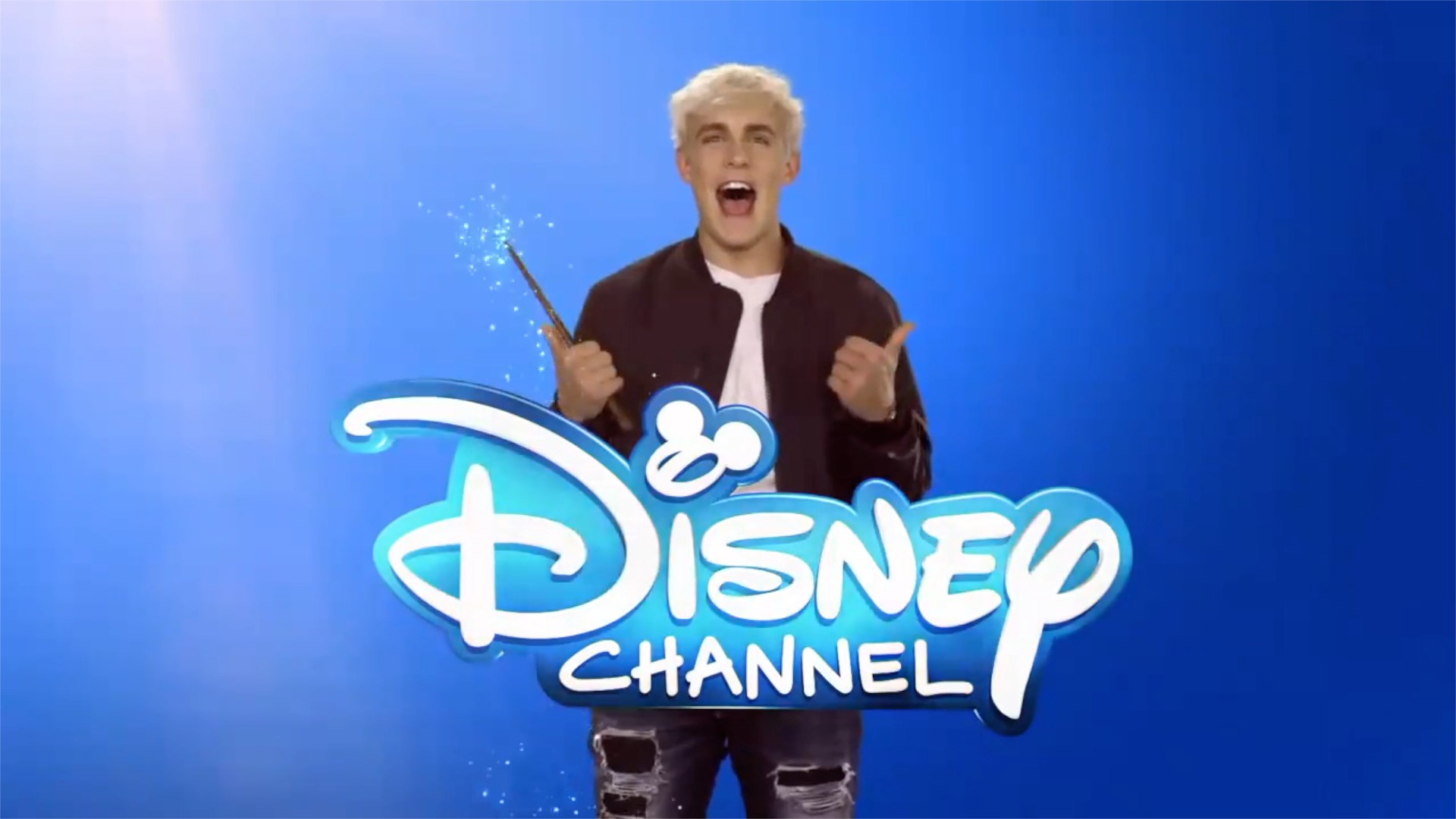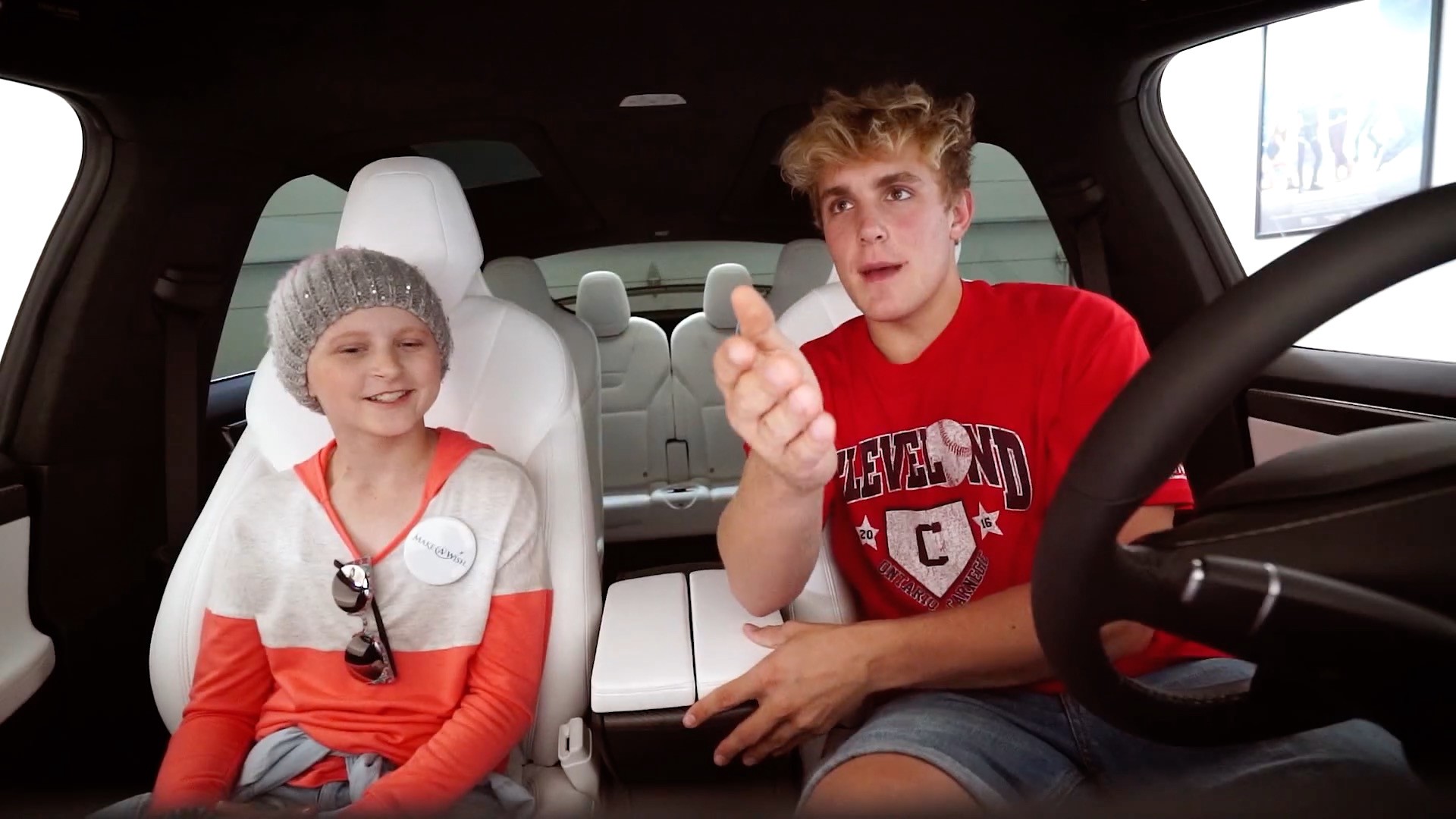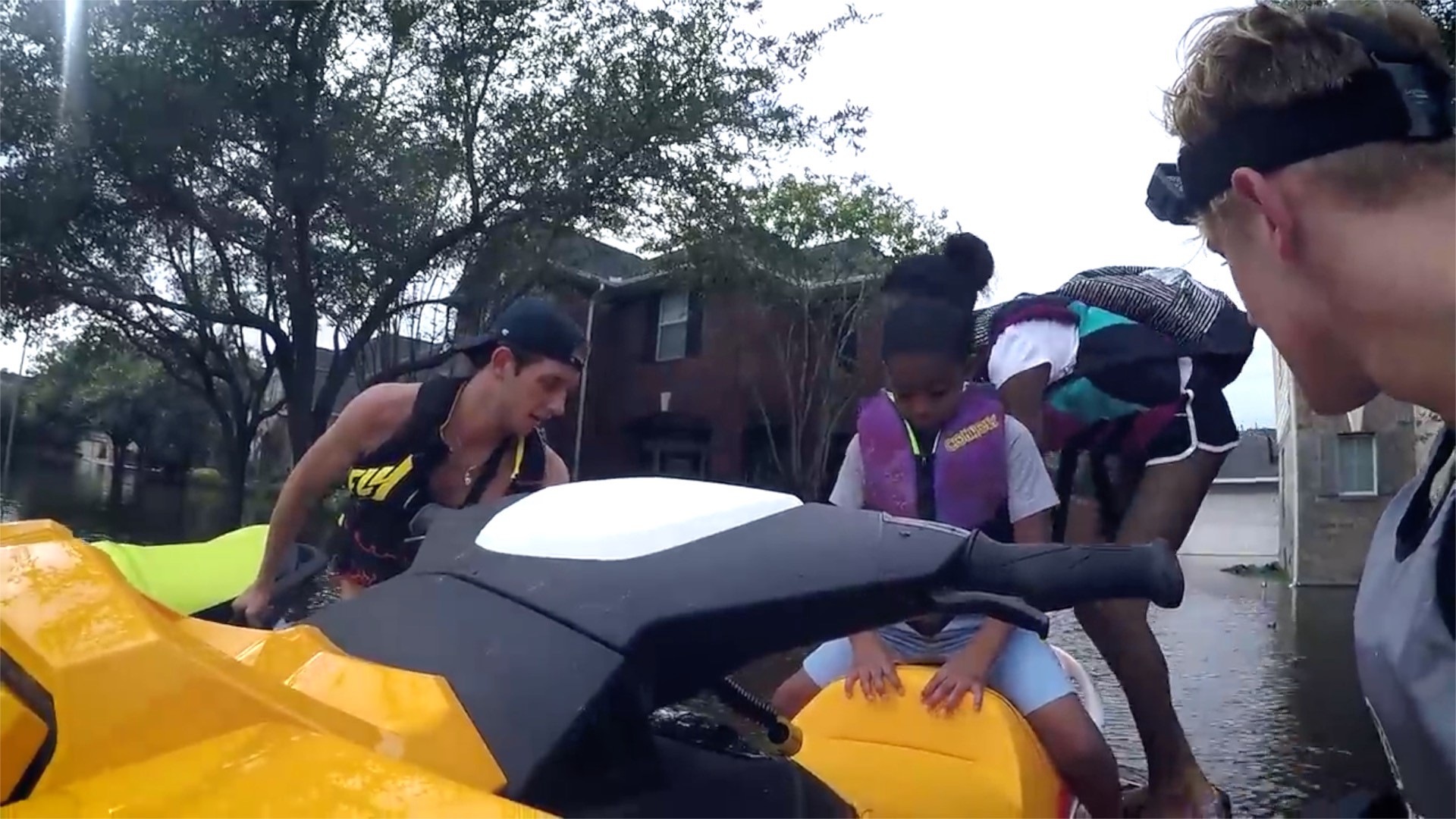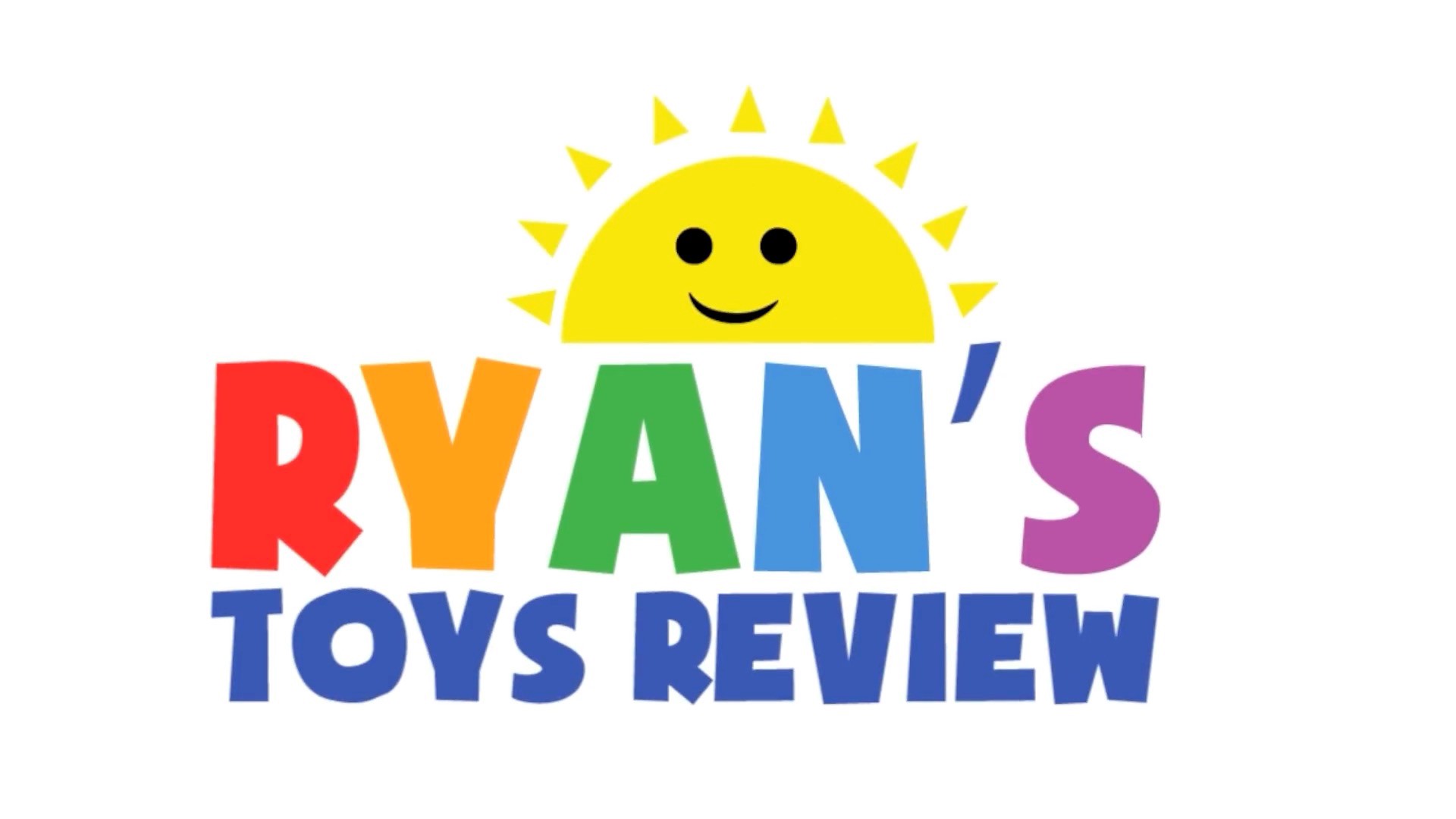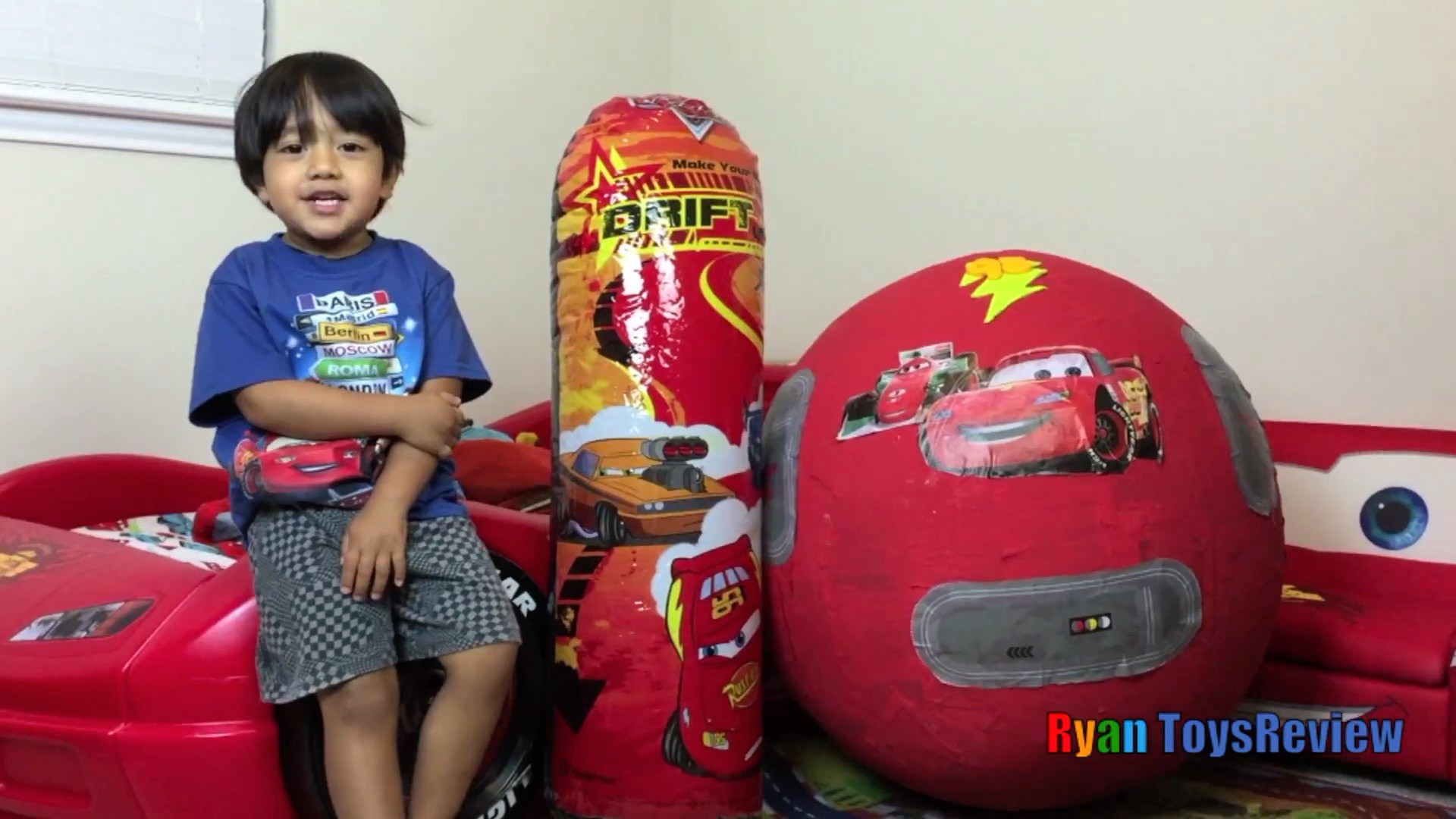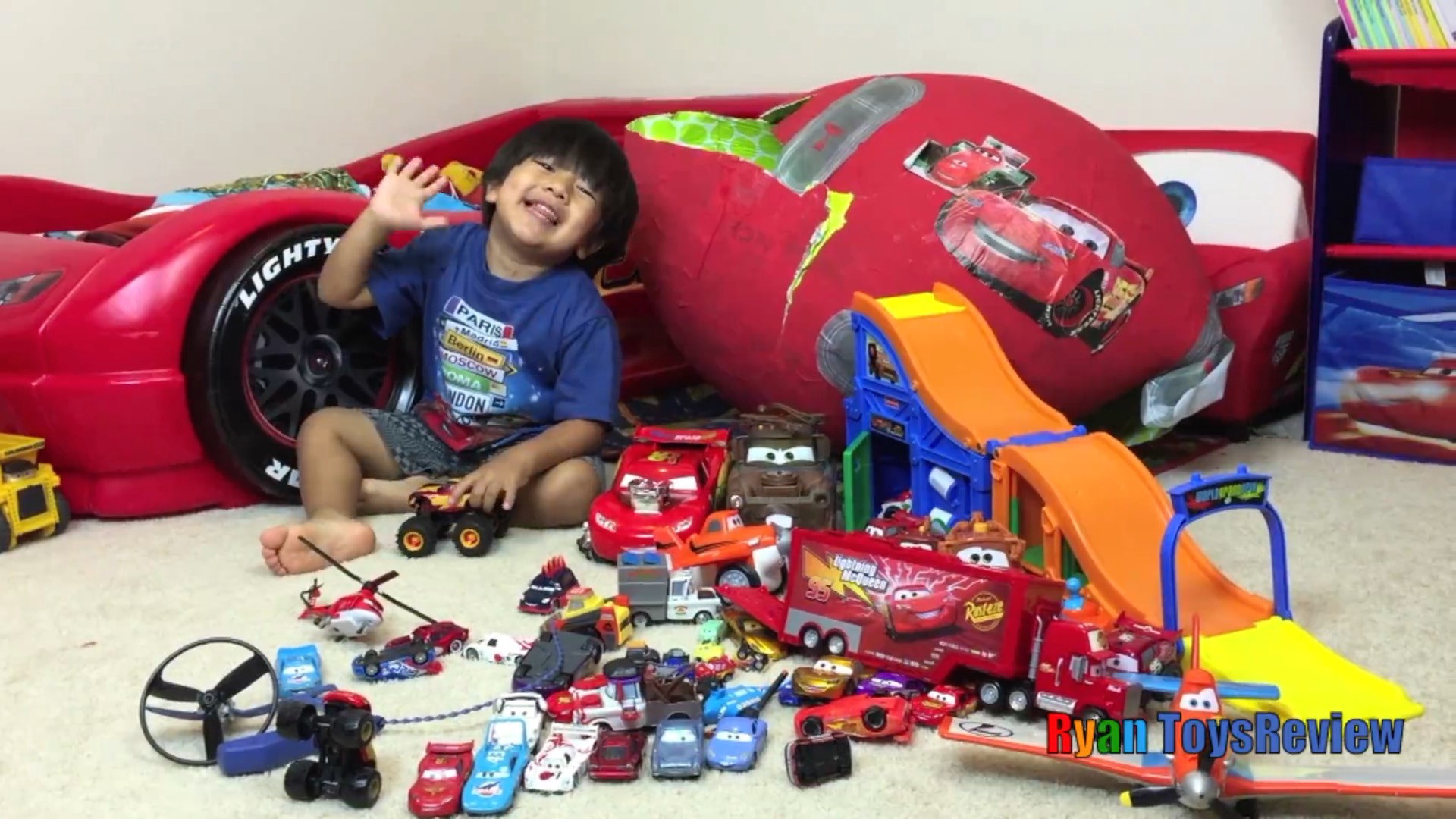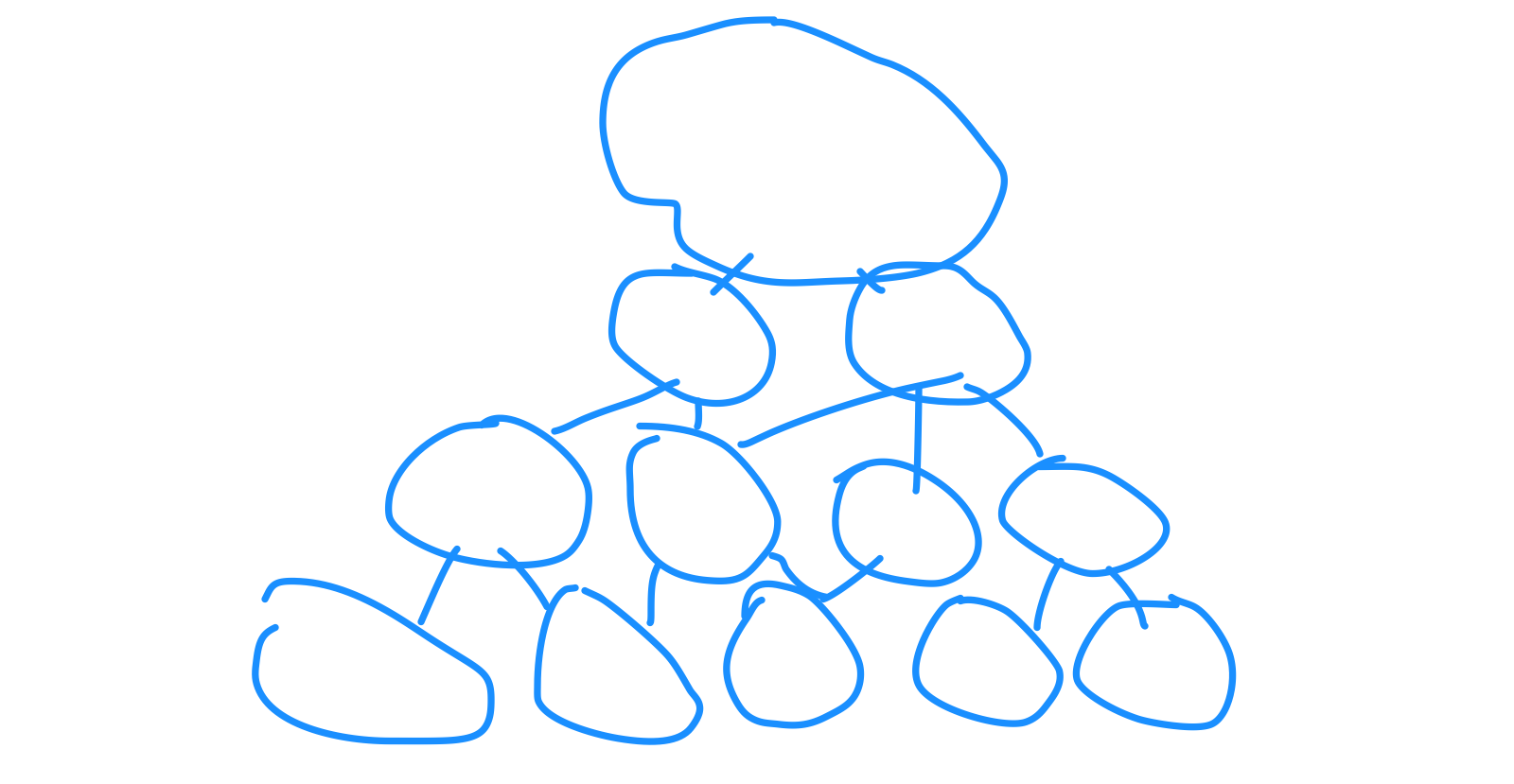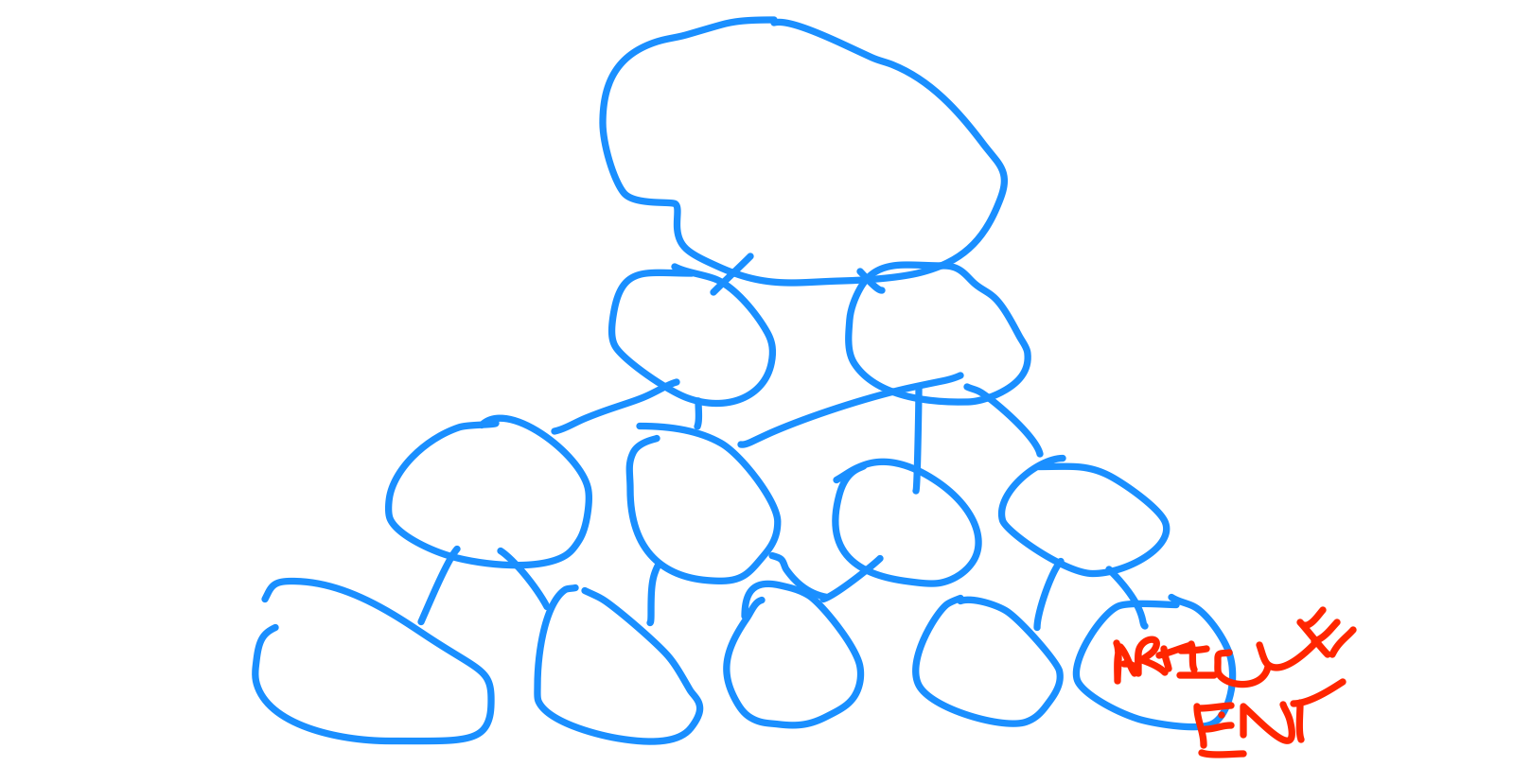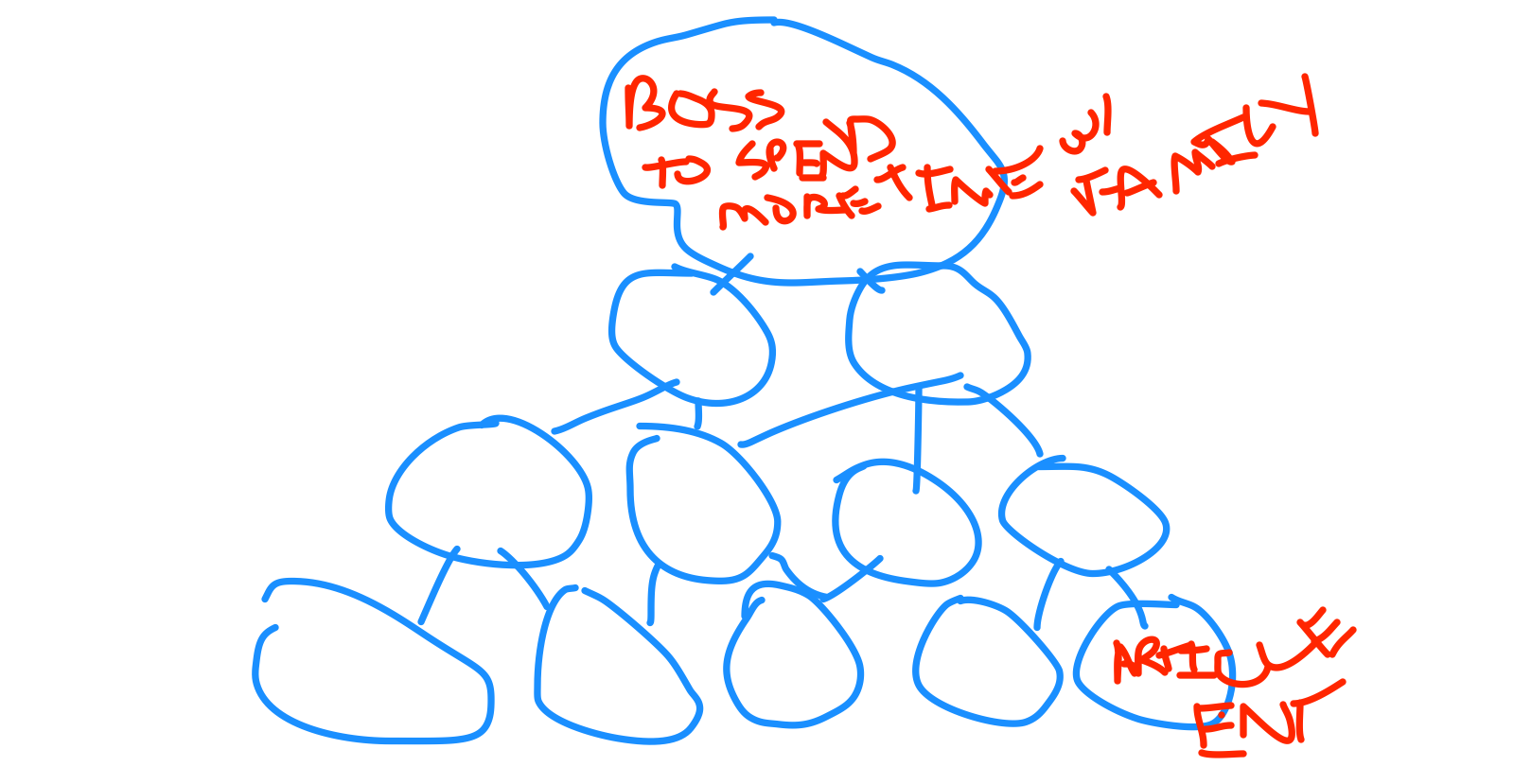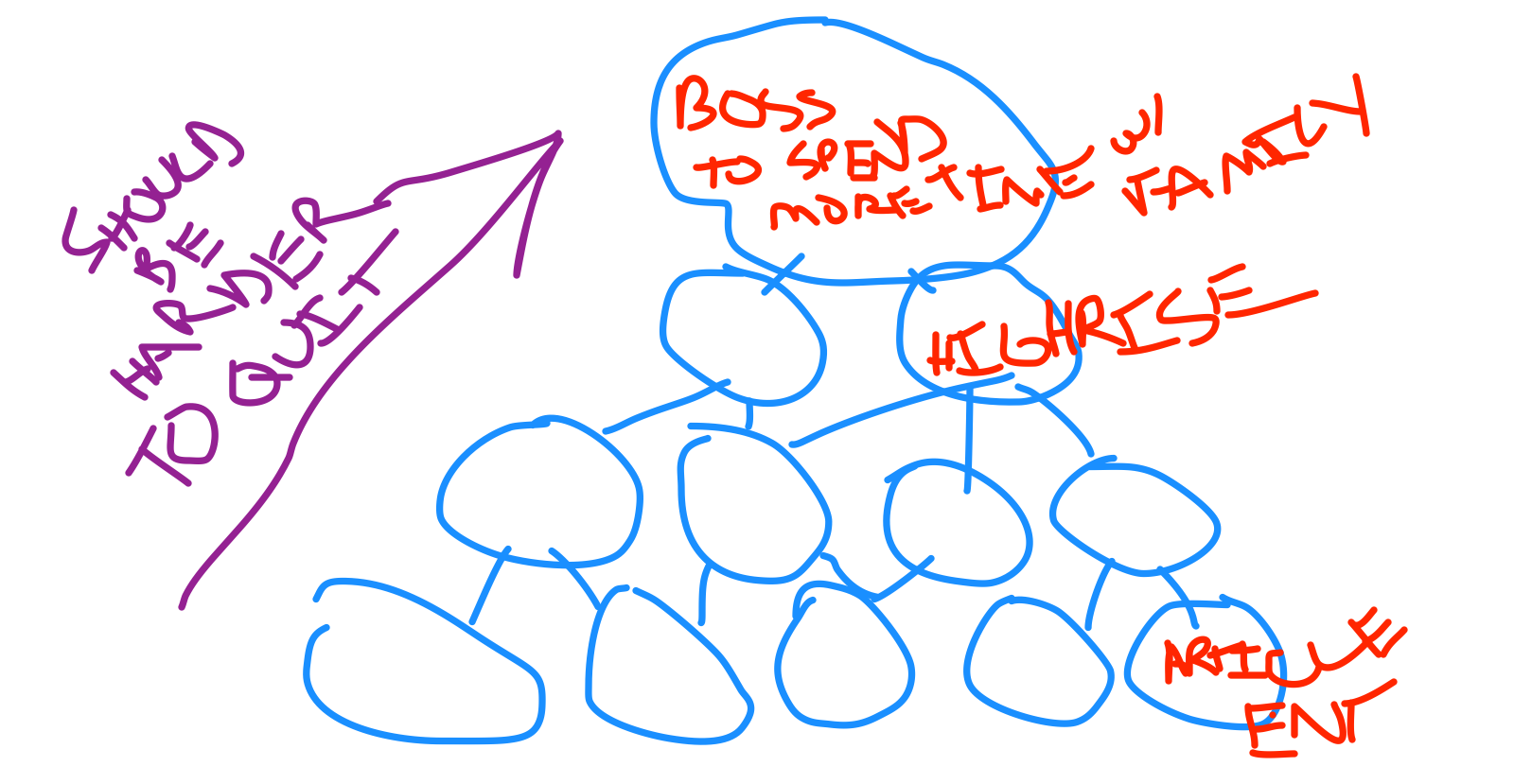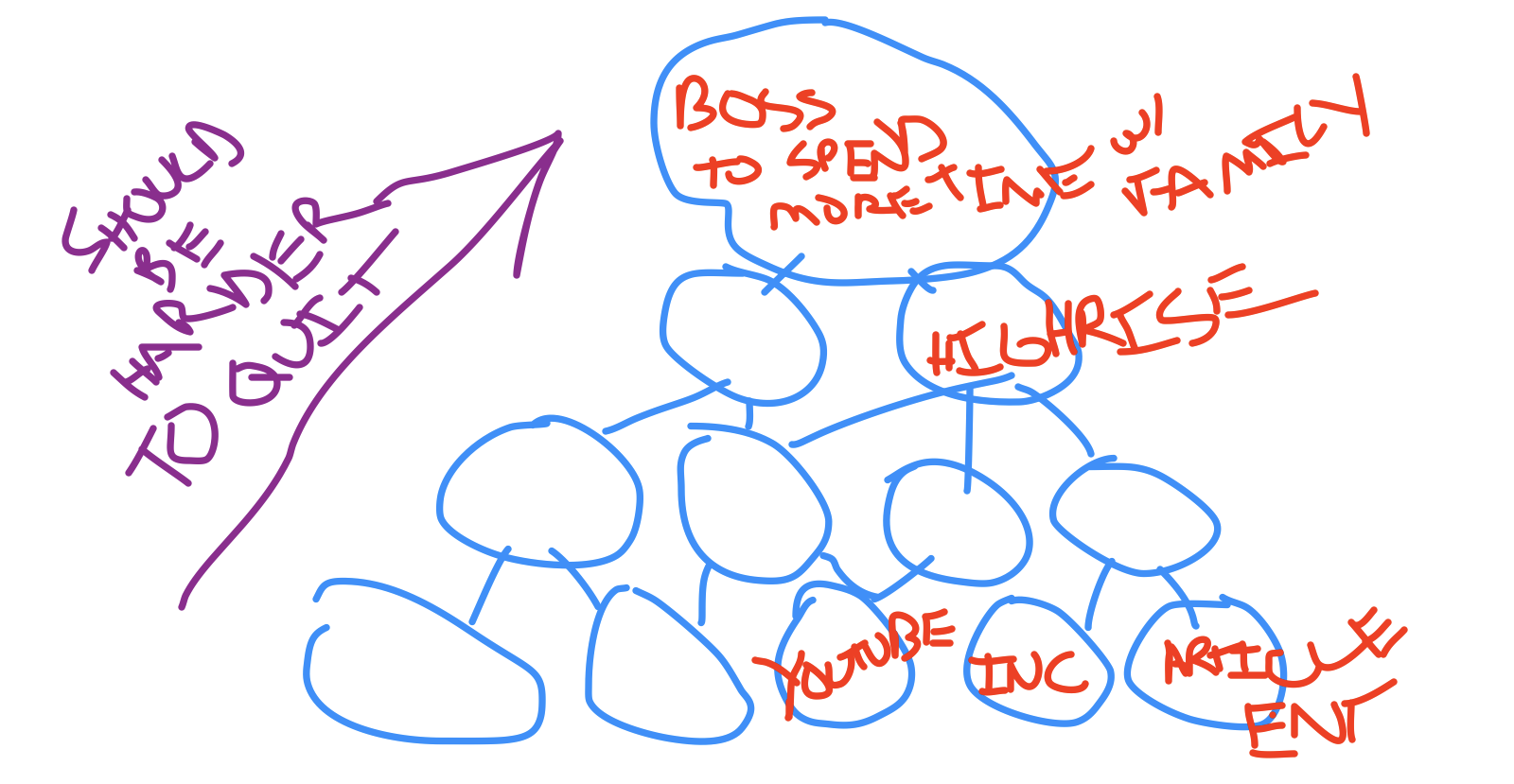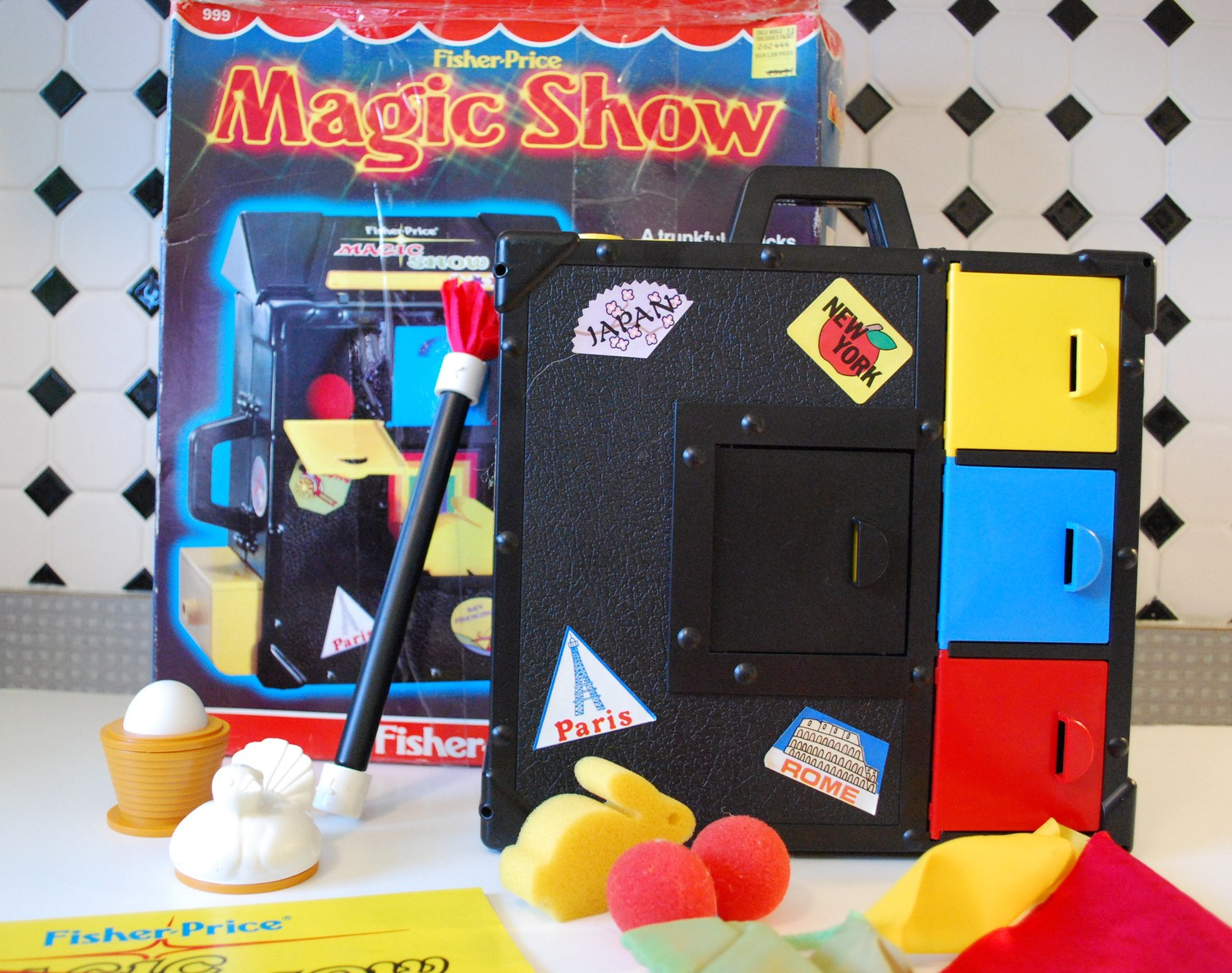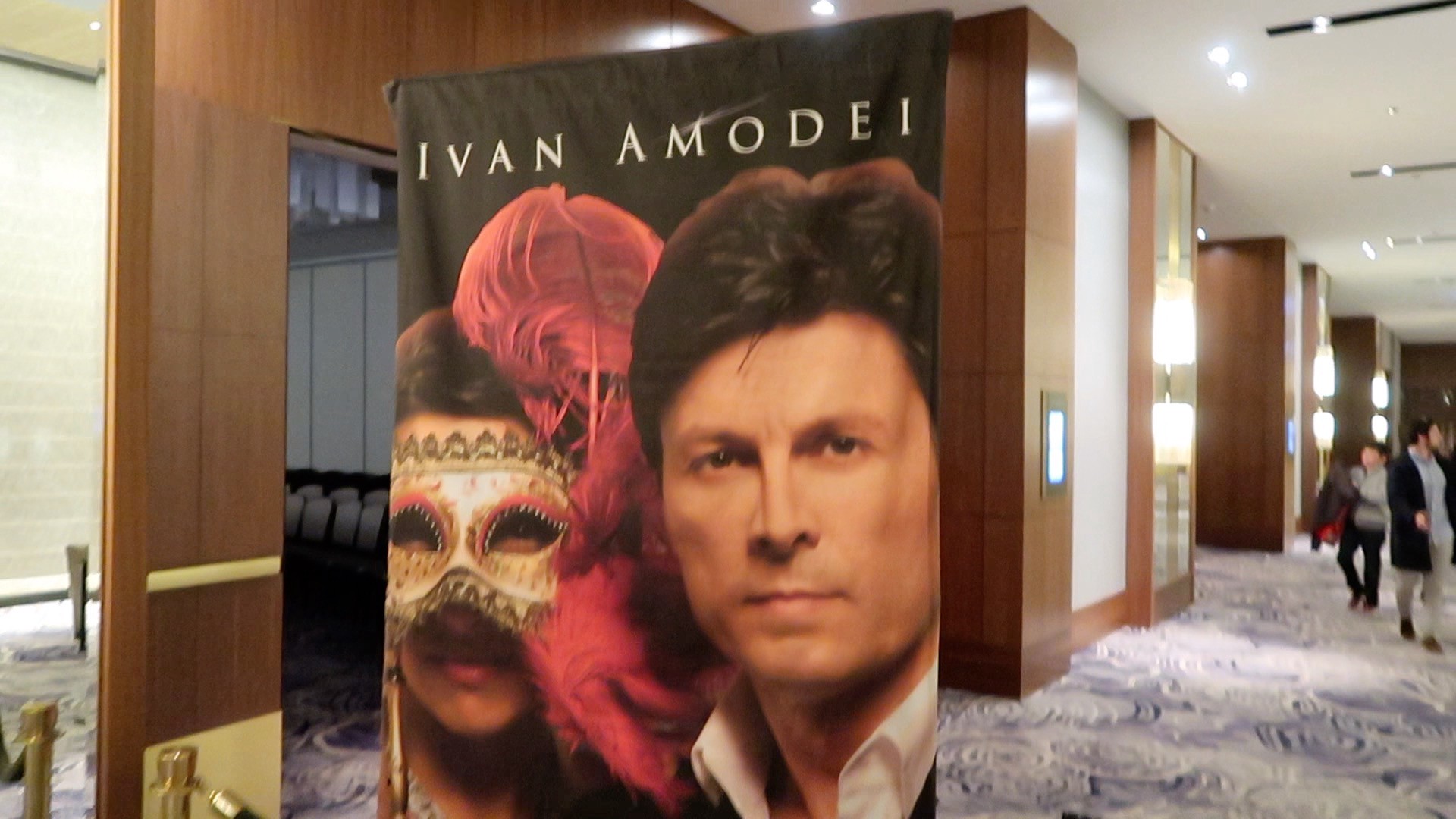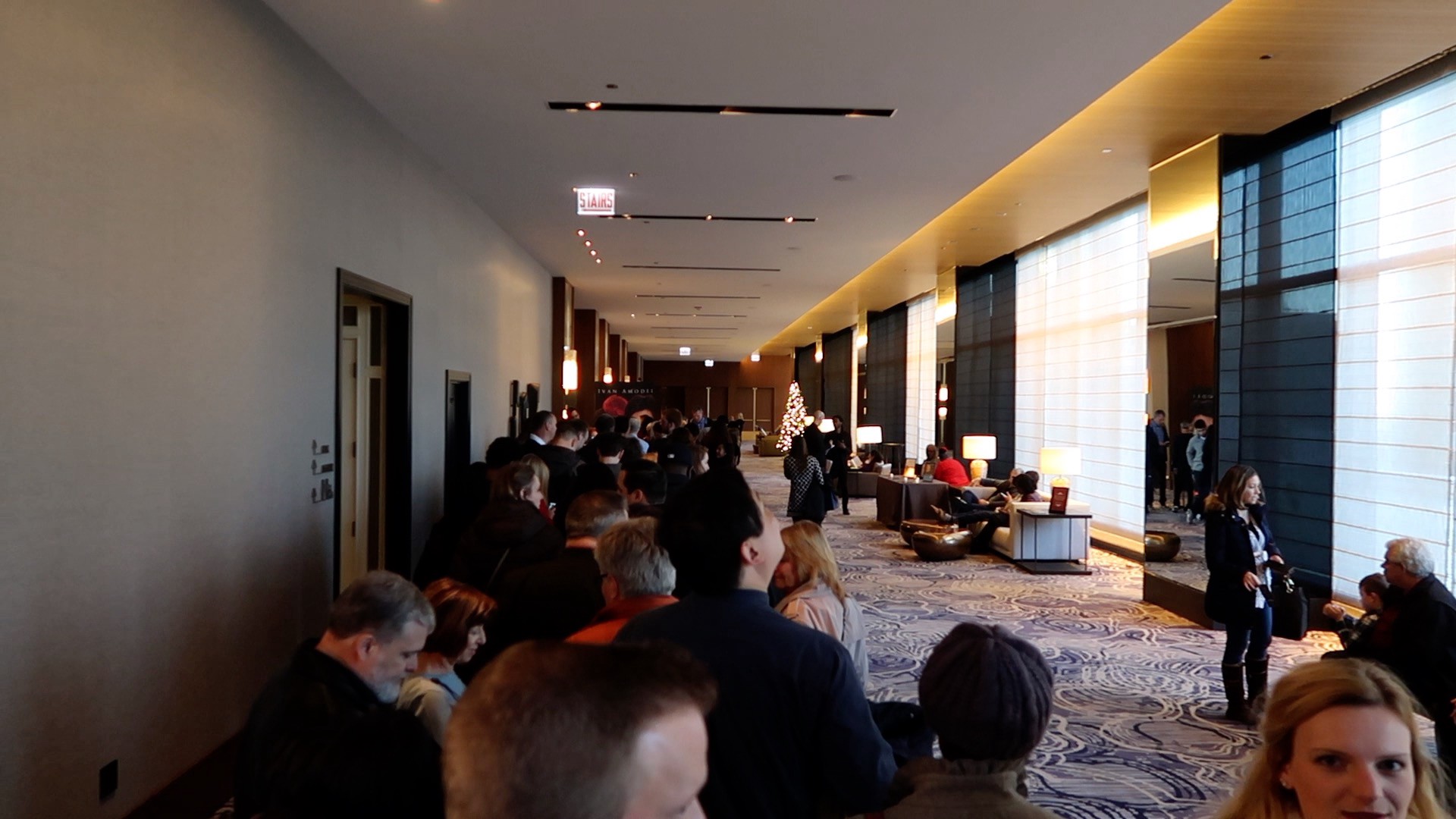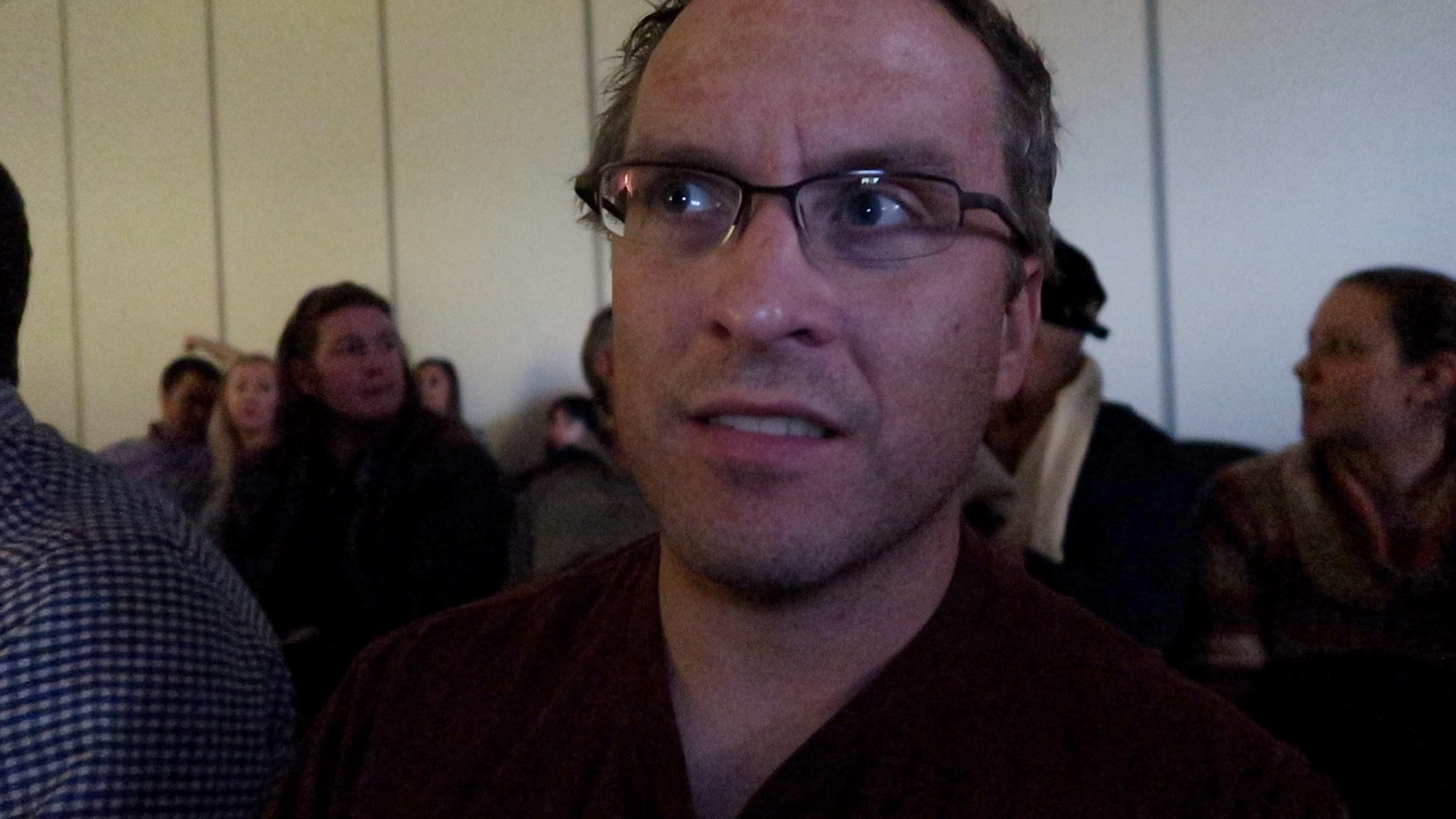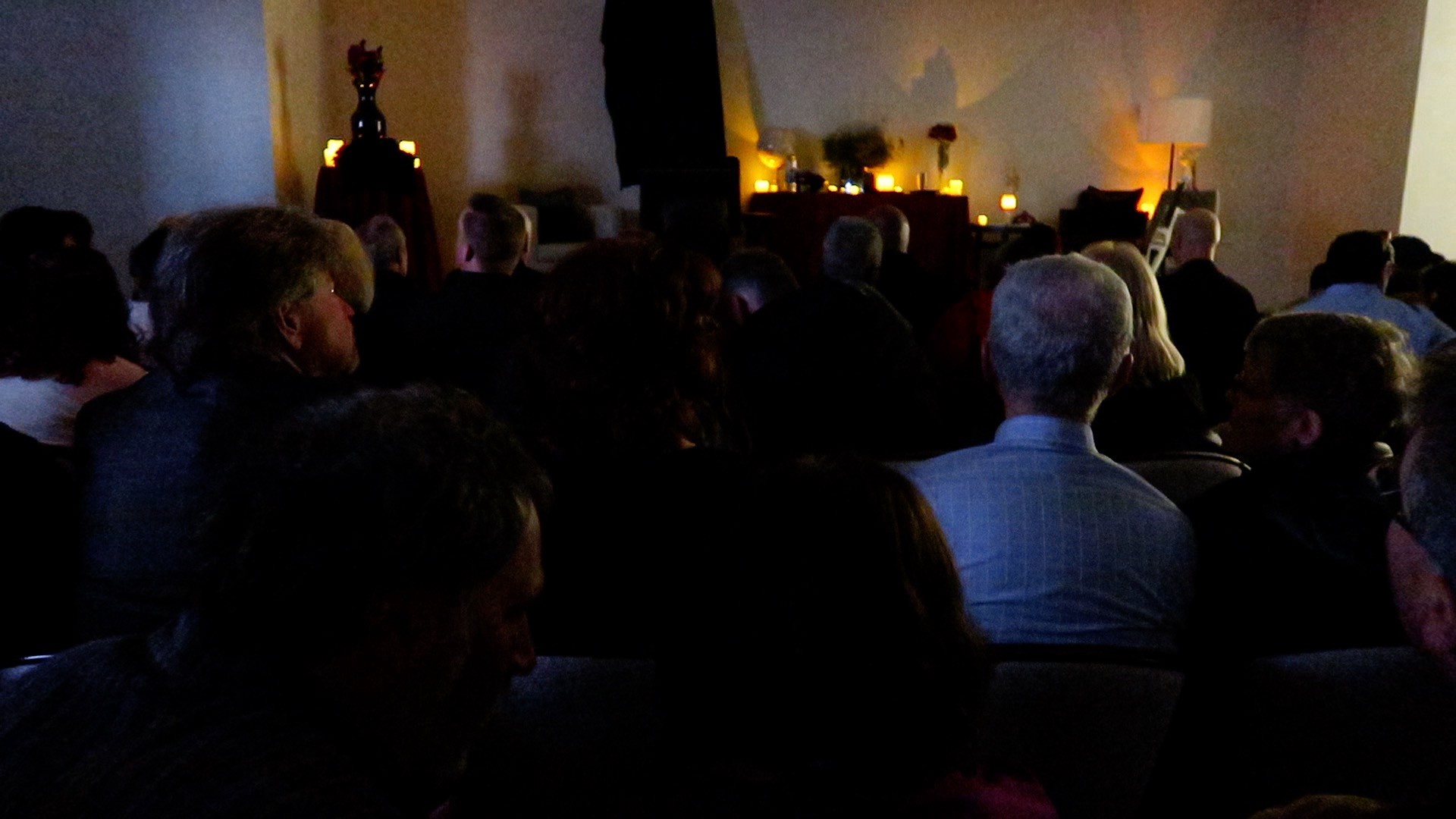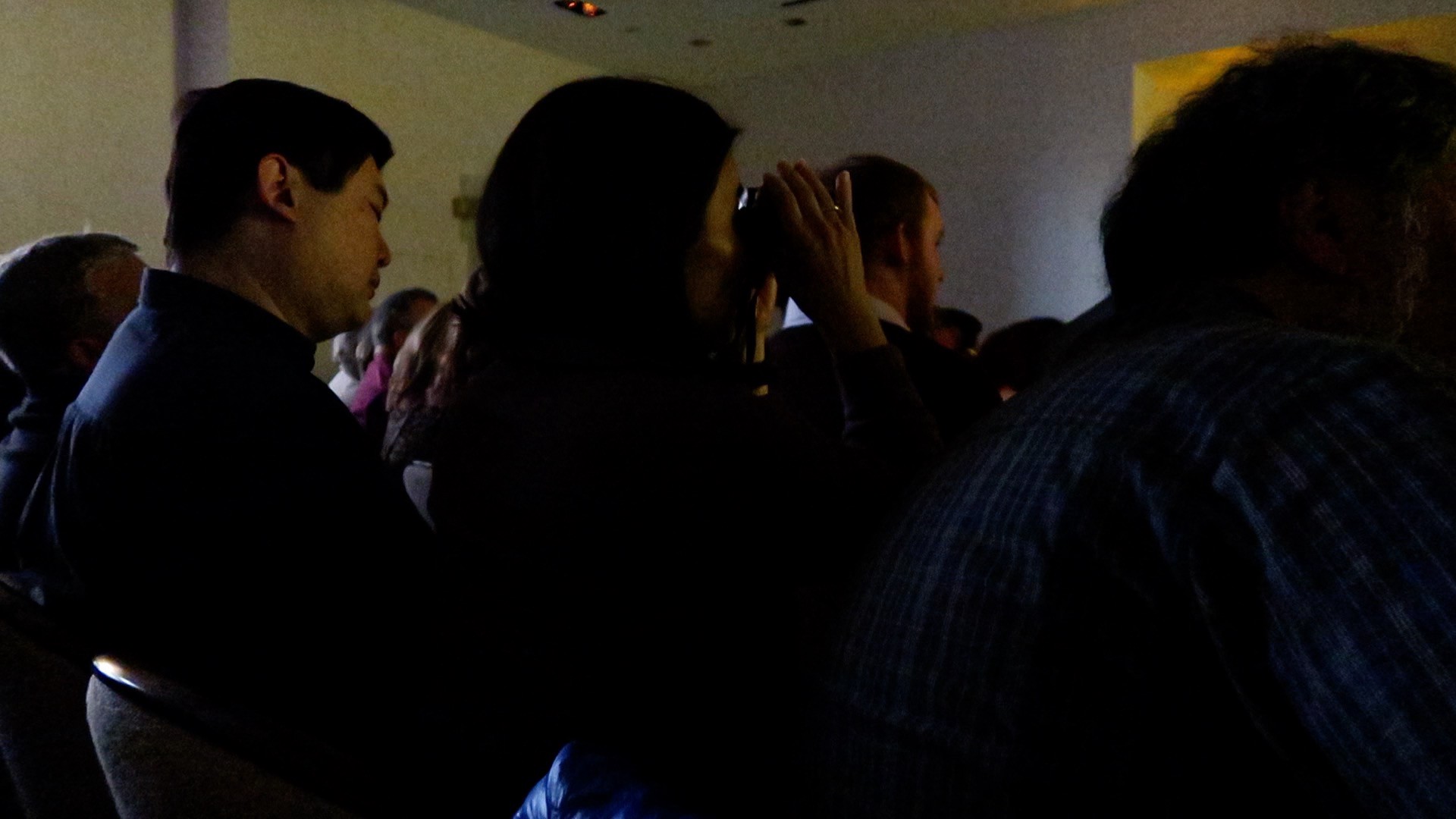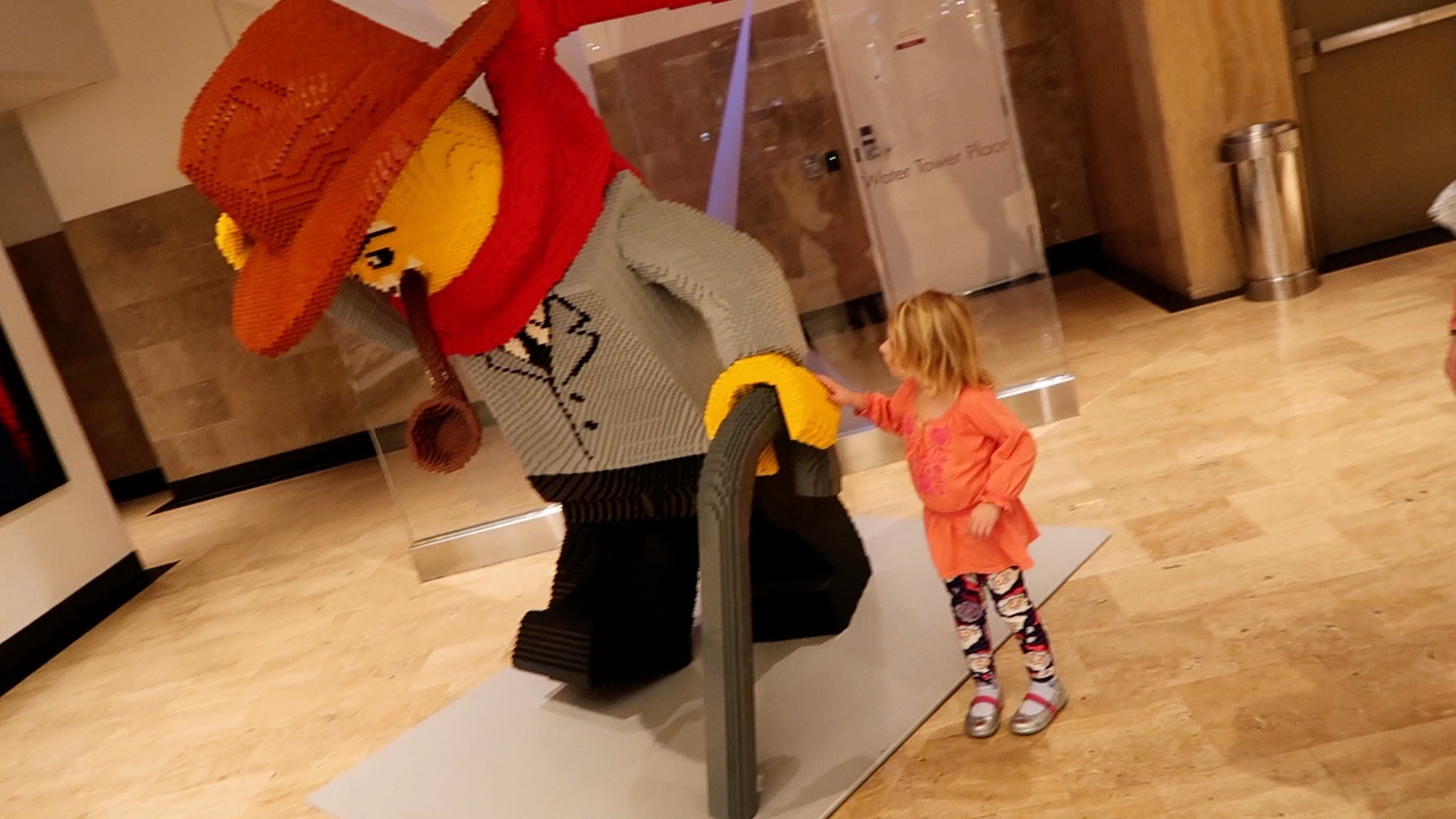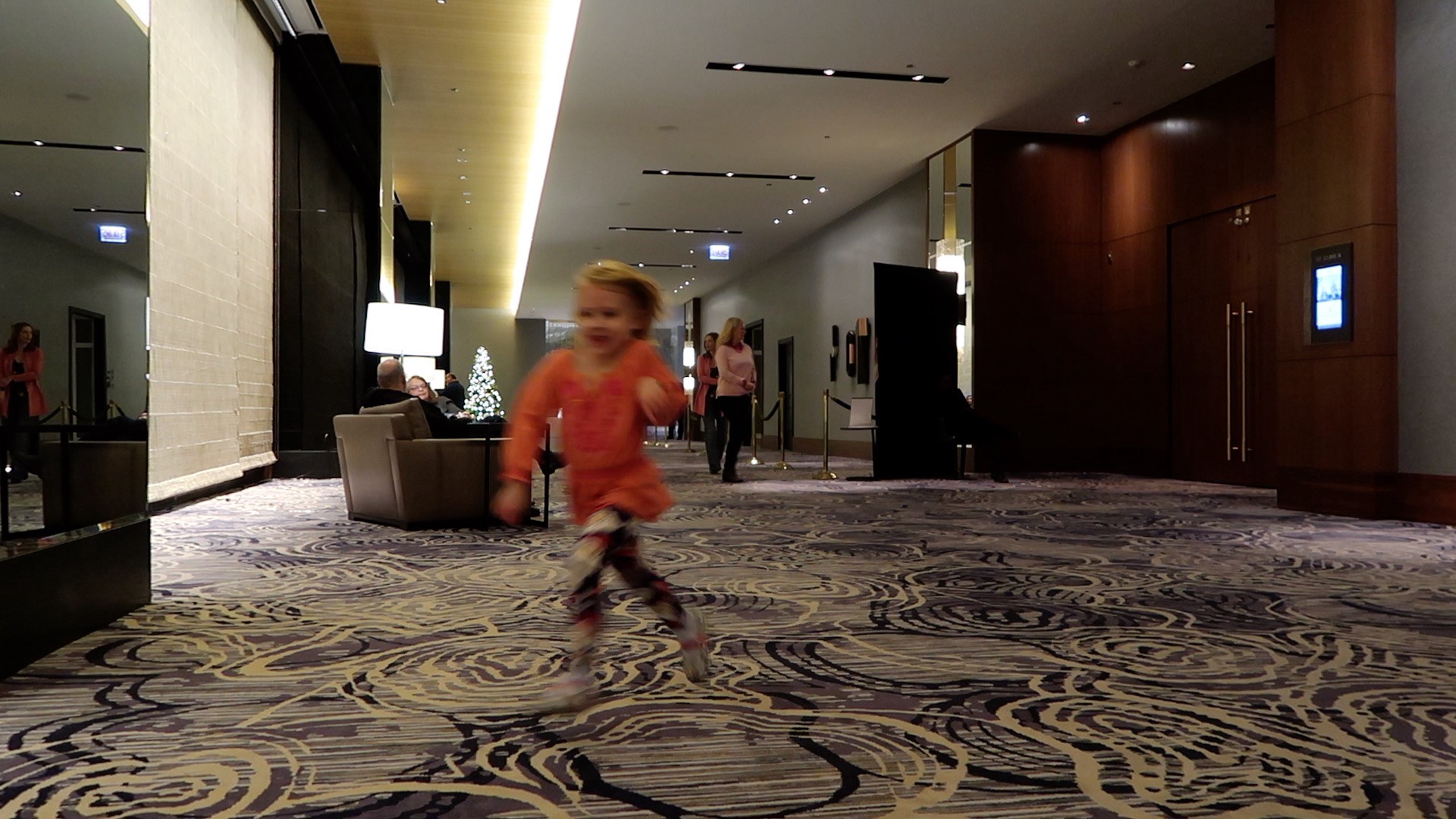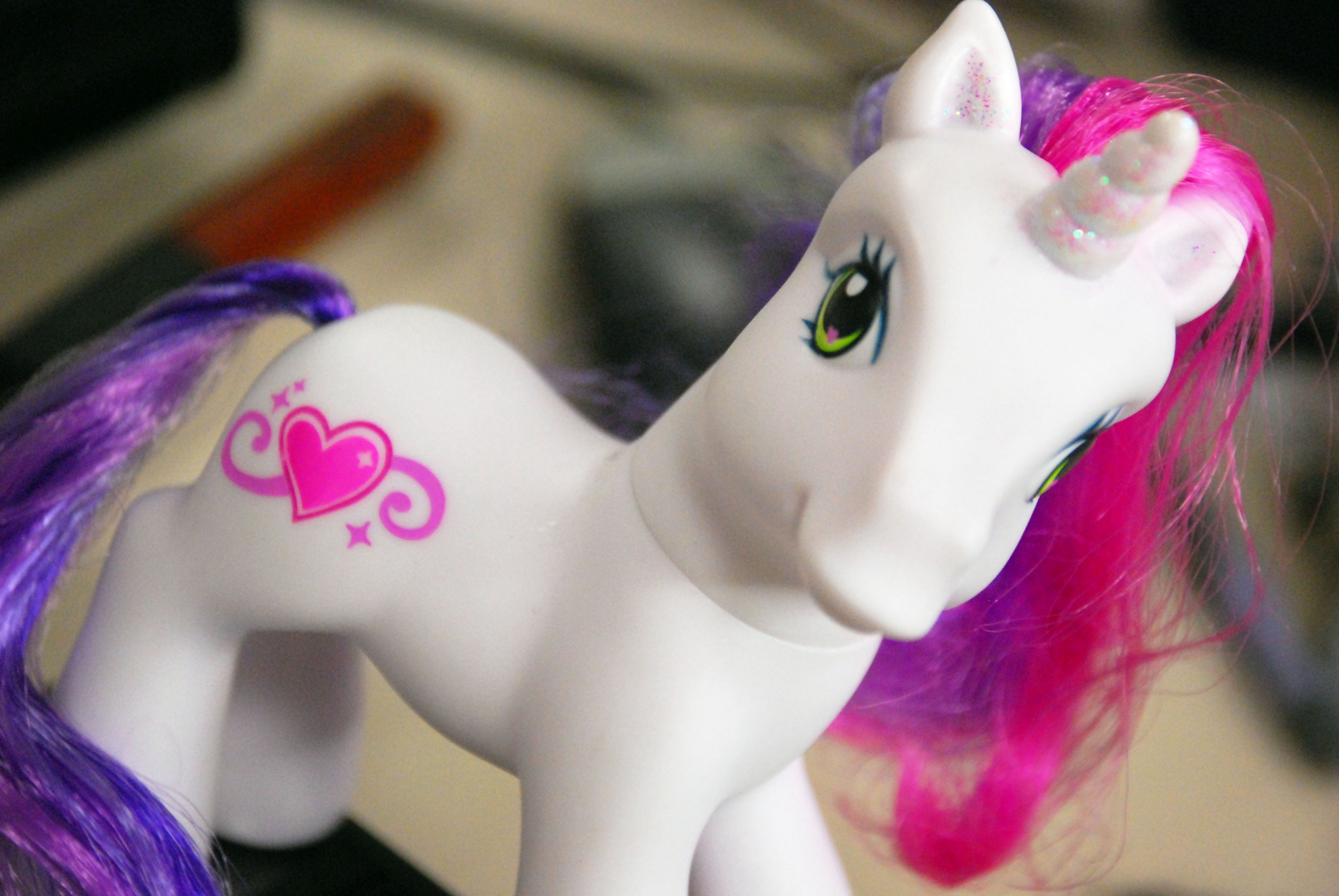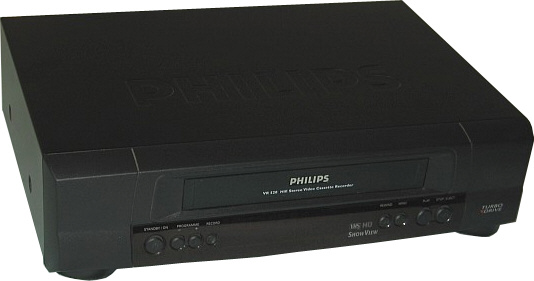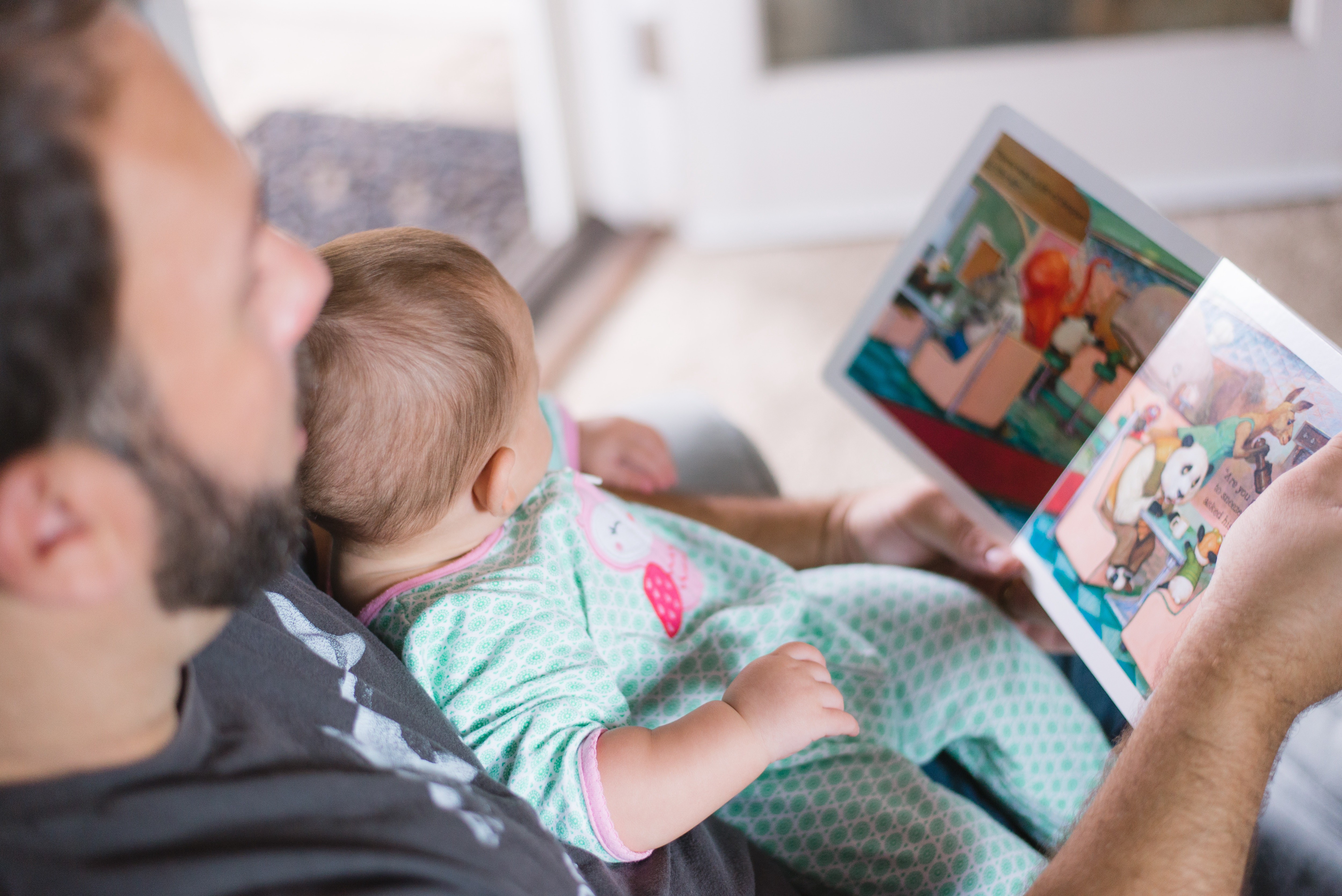
“We all know we need to build an audience. Out-teach the competition. Collect those fans and emails before I even have something to sell, so when I do have something to sell, the money will come rolling in. Enough already. I haven’t accomplished anything. No one cares what I have to say. I can’t build an audience with this track record. And I’m a terrible teacher.”
I was a broke college student. I didn’t spend much besides getting the essentials, but money made during the summer, even working as much overtime as my boss would allow, evaporated quickly. The quintessential example of how broke I was — I rolled up to a gas station on my way to an interview for an internship, pumped the car full of gas, and went inside the station to get cash from the ATM.
Except there was no cash. My bank account was empty.
I was ashamed and embarrassed going back to my car asking to borrow money from my passenger. Thankfully she was already planning on giving me gas money for driving her to her own job interview.
I was eager for any job I could find that would alleviate my situation.
So when I realized I could become a teaching assistant (TA) even as an undergrad during my senior year, I jumped on it immediately. Free education. And a small monetary stipend.
Now, traditional TAs at a place like a huge University are mostly there to help augment a professor’s lectures and curriculum. Students usually go to a lecture 2–3 times a week and meet with a TA to get some homework help and take quizzes.
Imagine my fear then when they asked me to be a TA in this experimental program where I’d be these kids only teacher. There wouldn’t be a professor or lecture. They’d come to me 4 days a week and I’d be their only source of teaching chemistry.
I wasn’t a bad chemistry student. I was after all a chemical engineering major. But I was by no means the best chemistry student I knew. And I had zero experience teaching anyone anything. And these weren’t kids. They were freshmen and sophomores. They were me just a few years ago.
How was I possibly going to teach them anything?
There’s really not some long conflict here. I just started.
I picked up their assigned chemistry book, which was similar to the one I had when I took the course, and went through the chapters just like they would. I’d work out the problems on the weekends and see how well I understood the concepts myself, and then 4 days a week I’d get up to the blackboard and try to show them what I had just learned.
I wasn’t great. But I wasn’t awful. I helped some kids through the course who themselves didn’t think they could get through it. Received some decent reviews from the students. Was even invited back to teach the same course again the next semester.
But what this whole thing impressed on me was how valuable being a teacher is, even one who isn’t all that experienced and is struggling to teach at the same time. Of course, I’m not belittling how awesome the teachers are who have insane amounts of experience. My life has been incredibly touched by them. But we shouldn’t be intimidated by them so that we don’t even bother to start teaching ourselves.
We might not be the successes we have pictured in our heads, but that doesn’t matter to the person who’s trying to get past an obstacle we just recently got through. It doesn’t matter how young you are, there’s always someone younger who wishes they were exactly where you are with something, or someone older who’s just going through their learnings in a different order.
Building an audience and teaching your potential customers something isn’t the only path to running a business, but it sure is a good one. And, it isn’t as out of reach as you probably think.
P.S. You should follow me on YouTube: youtube.com/nathankontny where I share more about how we run our business, do product design, market ourselves, and just get through life. And if you need a zero-learning-curve system to track leads and manage follow-ups, try Highrise.

